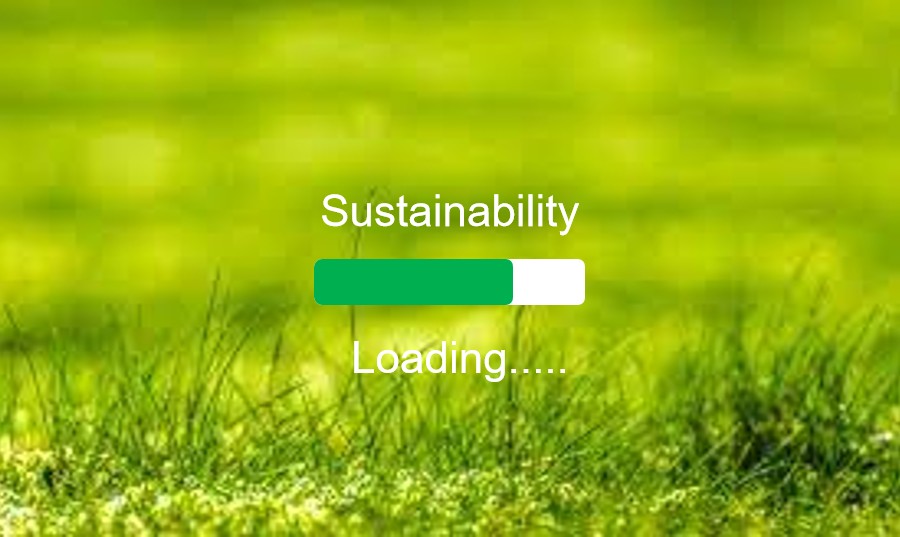A sustainability audit is a systematic evaluation of a supplier’s environmental, social, and economic performance to ensure they align with your company’s sustainability goals and standards.
To conduct a sustainability audit for a supplier, you can follow these steps:
Establish audit objectives and scope: Define the specific sustainability aspects you want to assess, such as energy efficiency, waste management, working conditions, and supply chain management. Set clear objectives for the audit and determine the scope, which may include the supplier’s manufacturing facilities, warehouses, and offices.
Develop an audit plan: Create a detailed audit plan outlining the audit procedures, timeline, and resources required. Assign responsibilities to audit team members and establish communication channels between your company and the supplier.
Prepare an audit checklist: Develop a comprehensive checklist to guide the audit process, covering all relevant sustainability aspects. The checklist should include questions and criteria based on industry standards, regulations, and your company’s sustainability policies.
Collect and review documentation: Request relevant documents from the supplier, such as environmental permits, waste disposal records, energy consumption data, labor policies, and certifications. Review these documents to gain an understanding of the supplier’s sustainability performance and identify potential areas for improvement.
Conduct on-site assessment: Visit the supplier’s facilities to verify their compliance with sustainability standards and evaluate their environmental, social, and economic practices. Interview key personnel, inspect equipment and processes, and observe working conditions. Use the audit checklist to ensure a consistent and thorough assessment.
Analyze findings and identify gaps: Analyze the collected data and compare the supplier’s performance against your sustainability objectives and standards. Identify gaps and areas for improvement, and assess the risks associated with any non-compliance.
Prepare an audit report: Compile a detailed audit report that outlines the audit findings, highlights best practices, and provides recommendations for improvement. Clearly communicate the results to the supplier and discuss any necessary corrective actions.
Follow up and monitor progress: Establish a timeline for the supplier to implement corrective actions and monitor their progress. Schedule follow-up audits to ensure the supplier maintains compliance with sustainability standards and continuously improves its performance.
Conducting a sustainability audit for a supplier helps ensure they meet your company’s sustainability requirements and contribute to responsible sourcing and supply chain management. By identifying areas for improvement and working collaboratively with suppliers, you can promote sustainable practices and achieve your organization’s sustainability goals.
If you want to get high-quality lights including indoor and outdoor lights, and solar lights from the real manufacturers, you are suggested to implement a supply management process, we can help you in China to get high quality products, by providing you supply chain management service: Inspection, Testing, Introducing qualified manufacturers, Design, and New product development,etc.
Email:[email protected]
Wechat: LNY0539
Whatsapp: +86 18616827523
Related posts:
 9 Secrets that Help You Find Quality LED Downlights and Manufacturers
9 Secrets that Help You Find Quality LED Downlights and Manufacturers
 Why do we test LED High Bay light in a strange way?
Why do we test LED High Bay light in a strange way?
 Recommend this LED factory to clients with stringent quality requirements,why?
Recommend this LED factory to clients with stringent quality requirements,why?
 How to work with Chinese suppliers? An Insider Perspective
How to work with Chinese suppliers? An Insider Perspective
 13 Steps to Inspect LED High Bay Lights before Shipment
13 Steps to Inspect LED High Bay Lights before Shipment
 Amazon must clean its solar street lights, NOW!
Amazon must clean its solar street lights, NOW!

